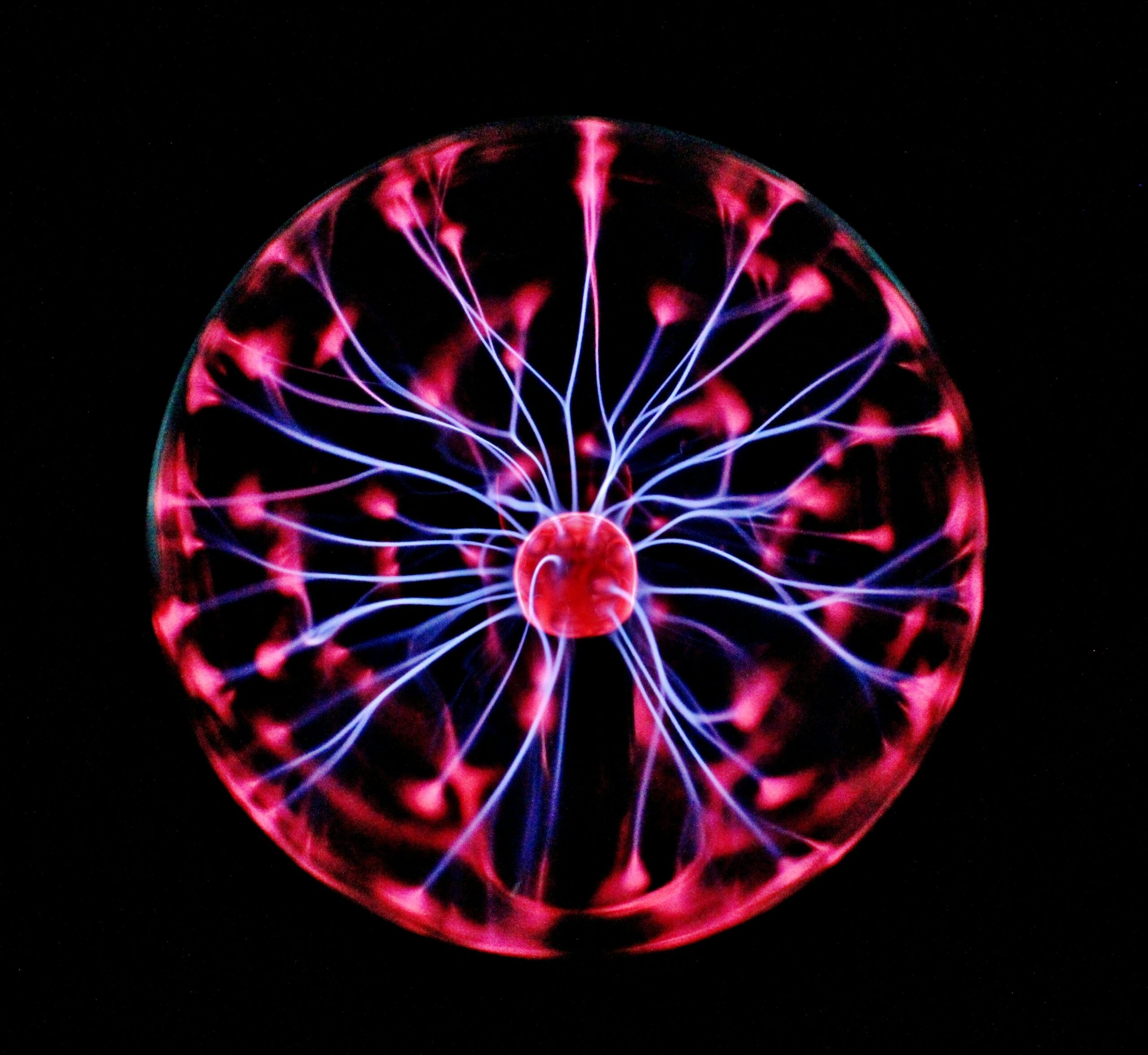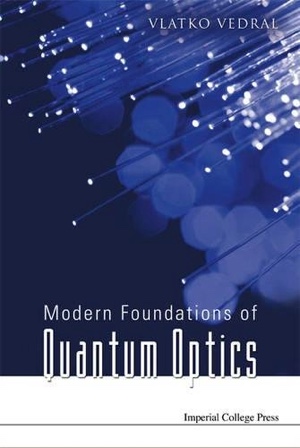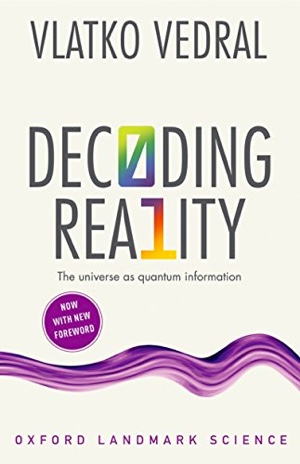Gnostic quantum computing
In the “Gospel according to Judas”, the writer (most likely not Judas Iscariot himself) tells a different story of Jesus (to the 4 Gospels in the Bible).
The story is this: Jesus is an ordinary man who has been inhabited by an extraordinary spirit from the highest sphere of existence. And this spirit is on Earth to communicate a secret message to the chosen few. It’s the apostles, yes, but – according to this gospel – only Judas is really clued in (so, uncharacteristically, he is a good guy here). Judas knows that Jesus is possessed and he is ready to receive the secret knowledge from Jesus (the Ancient Greek word for knowledge is gnosis, hence the name “gnostic gospels” for such alternatives to the Biblical ones).
The secret knowledge is that our material world was created by an evil or incompetent (possibly both) God of the Old Testament. He is the ultimate cowboy builder (or plumber, feel free to choose your own metaphor) and he did a really botched job with the universe. His mistake was to use matter (atoms and such) for his creation and this is the ultimate source of all suffering and pain. The most important part of Jesus’s message is therefore that we need to escape the material world and ascent (with him) into the highest world of spirits ruled by the ultimate deity called Barbelo. If this sounds to you a bit like a (poorly?) plagiarized Plato (“our material world is a bad copy of the world of Ideals”) this is because it indeed is. There are also some obvious influences from Buddhism and other Eastern religions.
Anyway, in Judas’s Gospel there is no mention of Jesus dying for our sins or anything like that. Jesus the man is simply a vehicle for the spirit (Christ) who is here to tell us the hidden secrets from the higher dimension. And the spirit departs back to the highest realms at the point of crucifixion (just as it entered at the point of baptism). “Eloi eloi lama sabachthani” is therefore the cry of Jesus the man complaining that the Christ has left him to die alone on the cross.

Photo by Pixabay: https://www.pexels.com/photo/plasma-ball-illustration-414860/
None of this is really relevant for the current blog (I imagine most of you will be relieved to hear this), other than it being a sneaky way of introducing the topic of quantum computing with photons. As we know, building qubits out of matter (atoms, ions, superconductors, Bose condensates, quantum dots and so on) makes them susceptible to decoherence (just like the material world of the Gnostics). This is, speaking somewhat loosely, because matter couples strongly to the electromagnetic field (light) which is all around us.
If you put an atom in an excited state (which, for argument’s sake, encodes the logical state 1) it will tend to emit a photon and relax back into the ground state (the logical state 0). When this happens, it leads to an error in computation. Because matter couples strongly to light, larger and larger (material) quantum computers are prone to more and more errors. And this is the root of all evil as far as the large-scale quantum computers are concerned.
Why then not follow Jesus the Gnostic and abandon matter? Let’s just make qubits from light. In the absence of matter, light is indeed stable, because light couples very weakly to itself. So much so that the light from the afterglow of the Big Bang, the so-called Cosmic Background Radiation, has travelled all the way to us without being changed (other than shifting its colour towards the red due to the expansion of the universe). But this is a double-edge sword. Yes, light is stable in the absence of matter, but it also means that it is difficult to change the state of light qubits in order to implement the desired quantum computation. Currently, people who are engaged in photonic qubits do use matter (beam-splitters, detectors etc) to do gates. And maybe this is a good enough compromise (mostly light and just a bit of matter) to scale up quantum computers.
The universality of quantum physics, though, tells us that any bunch of qubits is logically as good as any other. All qubit collections (and consequently the hybrid ones too) can compute anything that could in principle be computed.
This takes us to a very interesting and unchartered territory. If qubits can do anything that can be done, how about simulating the human brain? Can a collection of qubits become conscious (whatever it may mean to be conscious)? The supporters of strong AI would certainly agree with this proposition, since, according to them, consciousness is just one particular computation executed by our brain (most of brain’s computations are not conscious).
This would be like the ultimate technological salvation. Make conscious entities out of photonic qubits and therefore, because they hardly interact, impervious to decay and suffering. One of my favourite contemporary philosophers, John Gray (of the “Straw Dogs” fame), would say that this is just another religious pipe dream disguised in the scientific jargon. Perhaps.
However, ignoring all the religious mambo-jumbo, an important scientific question still remains. Can universal computers be built just out of light? Even in principle, putting aside all the practicalities. We are so used to life being made up of specific material constituents that we find it difficult to imagine that a non-material entity could also be alive, let alone conscious. Well, perhaps the universal photonic quantum computers could be alive. Or do we need to talk about universal photonic *constructors* instead?
And, above all, why on Earth are there no start-ups investigating these kinds of questions?
Sign up to my substack
BOOKS
ASK ME ANYTHING!
If you'd like to ask me a question or discuss my research then please get in touch.





